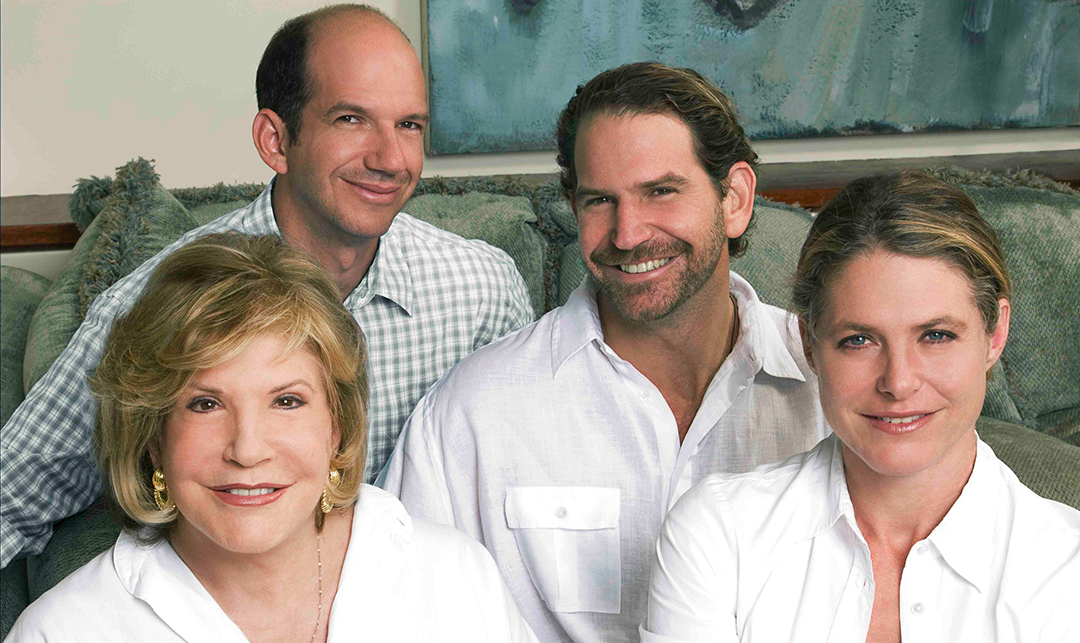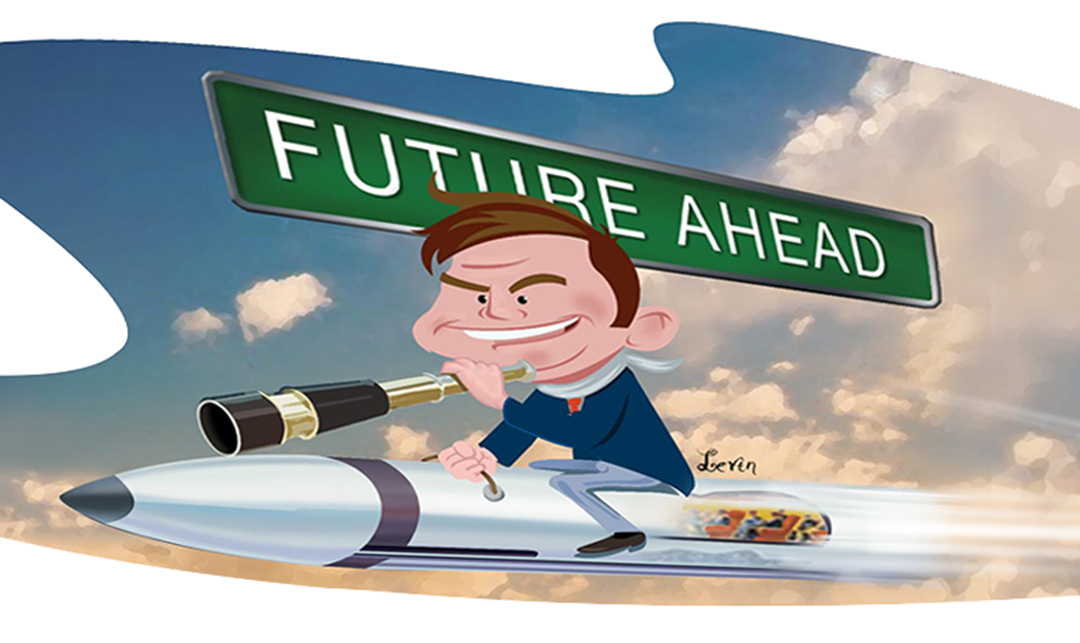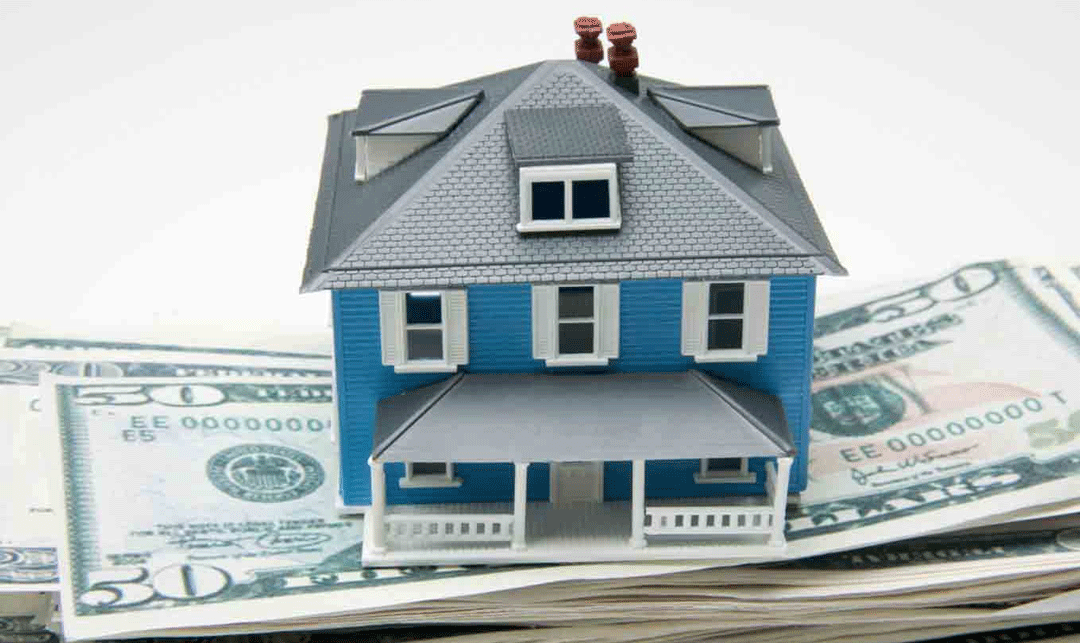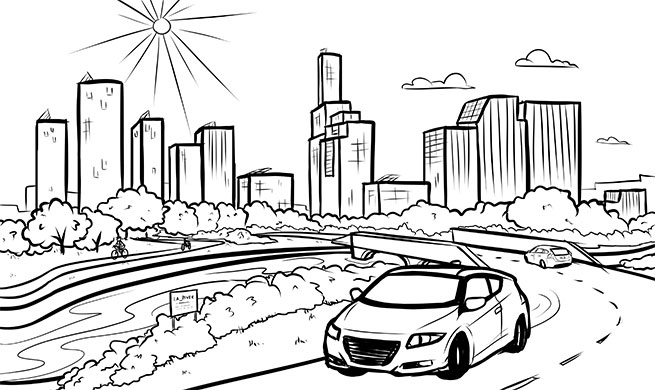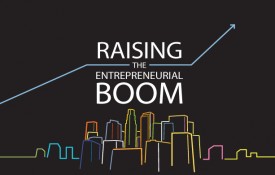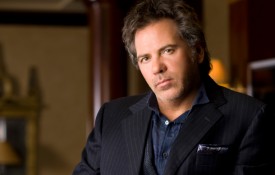Los Angeles’ world-famous creative and entrepreneurial spirit is shaping our neighborhoods and the places we love: You can see the power of this collective spirit in the exciting revitalization of Downtown LA, the transformative investments in transit across the region, and the massive effort to restore the LA River—all initiatives that deliver on Mayor Eric Garcetti’s mission to improve our city’s quality of life and prosperity by bolstering the local economy, reducing environmental impacts, and increasing access and opportunity for all Angelenos.
There are, however, new threats to the economy and quality of life for all Angelenos, namely the growing and recurring threats of climate change. LA faces a future of ongoing drought conditions—we are already into our fourth year of extreme drought—along with increased periods of extreme heat, lengthened fire seasons, and coastal sea level rise. With that in mind, the City is actively working to lessen the impact of climate change by reducing greenhouse gas emissions, cutting our energy use, and reducing water consumption.
Creating a sustainable Los Angeles requires not just tackling climate change at the policy level (as the City of Los Angeles and State of California are doing), but implores us to harness our creative and entrepreneurial spirit in collaborative action. Seeing the need to work with other cities, Mayor Garcetti recently launched the Mayors’ National Climate Action Agenda with fellow mayors of Houston and Philadelphia. The Climate Action Agenda not only calls for leadership at the national and international level, it sets a substantive path for cities to reduce greenhouse gas emissions.

Illustration by Jamie Ludovise
Climate change is also of great significance for the real estate market, a sector that has long served as a barometer gauging the health of LA’s overall economy. When real estate sales, construction spending, and real estate investments are up, the city, property owners, renters, and homeowners benefit. To remain globally competitive and resilient in the face of climate change, the real estate sector must reduce greenhouse gas emissions in their building portfolios.
This is a good thing. While some business leaders may see this as a challenge, forward-thinking and innovative leaders will recognize this as an opportunity to not only strengthen and grow Los Angeles’ economy, but also to shore up and grow their companies’ own bottom lines.
The building sector is the single largest user of energy in the U.S., with Americans spending $450B to power our buildings each year. In the corporate real estate sector, this large appetite for energy, which is often driven by inefficient building operations, can lead to unnecessarily high expenses and lost productivity that directly affects a company’s operational and financial portfolios.
Energy use and waste aren’t merely financial concerns; buildings are a significant source of harmful greenhouse gas emissions. In Los Angeles, the built environment – buildings of all types – contribute 51% of the city’s greenhouse gas emissions.
It doesn’t have to be this way. Consider, for example, the production and use of energy. Generating electricity from dirty, non-renewable fossil fuels such as coal produces harmful pollution that contaminates the air we breathe. We know that is not the only option.
Generating clean energy using solar technology reduces long-term energy costs and helps create local jobs. And one thing is certain: There is no shortage of sunshine in Los Angeles. We can use that sunlight to our advantage.
The Los Angeles Department of Water and Power (LADWP) is already making progress on converting the city’s energy supply to renewable power. However, while Los Angeles is ideally situated to be a world leader in rooftop solar, the uptake in the private sector has been slow. Building owners must do more to utilize dormant rooftop space to start generating clean power. LADWP has developed a feed-in-tariff (FiT) program to encourage just that. Building owners can rent their roof space, collecting income, while contributing to cleaner energy generation. Furthermore, when coupled with on-site storage, commercial solar systems can also be used in the case of an emergency, such as an earthquake. This is very attractive to tenants who want to occupy space that will be open and running as soon as possible following an emergency.
But even before we get there, we can also reduce energy waste and improve the performance of our buildings. Mayor Garcetti recently announced that LADWP has committed to reducing its energy use by 15 percent by 2020—the highest and most ambitious energy efficiency goal of any major municipal utility in the country.
Commercial real estate alone is responsible for 22 percent of LA’s total energy consumption. We have seen forward-thinking executives proactively examine how their portfolio fits into the plans for reaching these larger targets. Yet, there is an opportunity to do much more.
Building and portfolio owners can participate in the Los Angeles Better Buildings Challenge, a voluntary commitment to reduce energy use 20 percent by the year 2020. Owners representing more than 50 million square feet have signed on. We would like to see that number grow.
We have also seen leadership from building owners measuring and tracking their energy use through a process called benchmarking, using the EPA’s free online tool. Those that have benchmarked and improved their efficiency have been rewarded, earning an Energy Star certification from the EPA. For the past six years, Los Angeles has had the most Energy Star certified buildings in the country. This has proven a direct return on investment. As of July 2014, CoStar data showed that Energy Star buildings in Los Angeles were averaging a rental rate of $2.69 per square foot, while traditional buildings were renting at $2.16.
Responsible water use is another priority. California is dealing with its worst drought in decades. This is not a problem simply for LA and the state of California; it impacts the entire country.
Today LA imports more than 80 percent of its water, and buying and delivering imported water is expensive. In October 2014, Mayor Garcetti signed an Executive Directive last fall to create a “water-wise” Los Angeles. It outlines a comprehensive list of actions this city will take to reduce per capita potable water use 20 percent by 2017 while reducing the amount of purchased imported potable water by 50 percent by 2024. We are asking residential customers to help, including targeting turf replacement of ornamental lawns with attractive, drought tolerant landscaping.
However, 19 percent of the city’s water consumption goes to commercial real estate. Here, there is a real opportunity to replace water fixtures and look at water using equipment such as cooling towers. And while we may be one of the more frugal big cities when it comes to this precious resource, there is more we must do in the name of water conservation.
How can you get involved? The Los Angeles City Council has started a stakeholder process – facilitated by the Mayor’s Sustainability Team – to develop a package of energy and water policies for existing buildings in the City of Los Angeles. This effort is open to anyone interested in helping shape how we improve LA’s buildings while contending with climate change.
We want LA’s business and commercial building owners to participate—benefitting our city and your bottom line. We need your knowledge, your leadership, and your creative spirit. I hope you will participate in the process, attend meetings, and share your ideas. You can learn more at laexistingbuildings.org.
Reducing greenhouse gas emissions – key to slowing and stemming the impact of global warming – and growing the economy is not an either-or conundrum. Rather, we have an opportunity to build on our city’s legacy of big ideas and creative spirit to ensure that we remain a competitive global leader and lead in fighting climate change.
Together, we can make our businesses and city grow stronger, healthier, resilient, and more sustainable.









